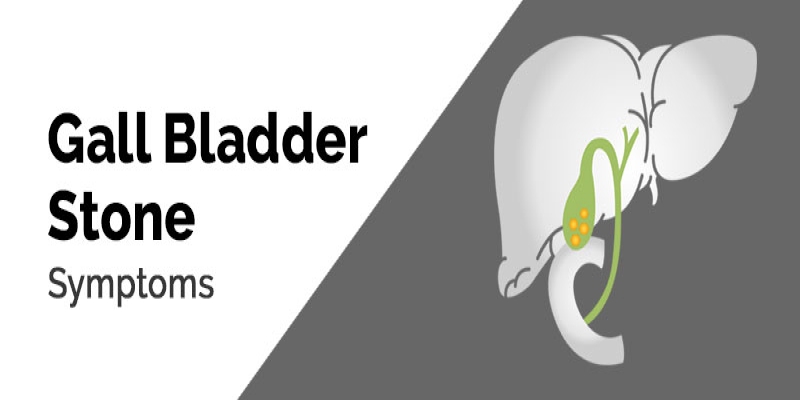Symptoms You may not Expect with Gall Bladder Stone
2019-03-18 / RG STONE HOSPITAL / Gall Bladder Stone

Actually, Gallbladder stones are not literally stones. They are pieces of solid-fluid which usually form in the gallbladder and is known as bile. This liquid is secreted from the liver and helps in the digestion process.
However, due to many reasons this fluid may get crystallized or in simple words, becomes solid and forms gallbladder stones.
These elements can be of the varying size of a small particle to even the size of a golf ball.
Therefore they can seriously block the abdominal and gallbladder ducts.
Thus, it is vital that they are removed from those ducts.
Let's talk about symptoms which might indicate the presence of gallbladder stones but you might never bother about them.
What are the kinds of Gallbladder Stones?
Gallbladder stones are of different kinds based on substance and size. The two main kinds of gallbladder stones are as follows -- Cholesterol stones - These are the most commonly seen gallbladder stones that develop in the organ with a yellowish-green colour. They consist of almost 80% of all kinds of gallbladder stones.
- Pigment stones - These stones are different from the previous one and they are much smaller in size and darker in colour. These stones are made of bilirubin and are less common than cholesterol stones in our body.?
Gallbladder stones and Risk Factors:
- Sex - Women are twice as likely as men to develop gallstones. Excess estrogen from pregnancy, hormone replacement therapy, and birth control pills increase cholesterol levels in bile and decrease gallbladder movement, which can lead to gallstones.
- Family History - Gallstones often run in families.
- Weight - Being even moderately overweight increases the risk for developing gallstones. Obesity is a major risk factor for gallstones, especially in women.
- Diet - Diets high in fat and cholesterol and low in fiber increase the risk of gallstones.
- Rapid Weight Loss - As the body metabolizes fat during prolonged fasting and rapid weight loss, such as “crash diets”. It can cause gallstones.
- Age - People over 60 years of age are more likely to develop gallstones than younger people. As people age, the body tends to secrete more cholesterol into bile.
- Cholesterol-Lowering Drugs - Drugs that lower cholesterol levels in the blood actually increase the amount of cholesterol secreted into bile. In turn, the risk of gallstones increases.
- Diabetes - People with diabetes generally have high levels of fatty acids called triglycerides. These fatty acids may increase the risk of gallstones.
Gallbladder Stones and Symptoms :
But there are some unexpected symptoms which you might not notice, but are due to gallbladder stones.
Here are some symptoms which might be a result of gallbladder stones.
- Gaseous distension or bloating (gas formation).
- Flatulent dyspepsia (acidity).
- Acute upper abdominal pain along with vomiting and fever. This occurs when a gall stone gets impacted at the neck of the GB.
- Jaundice - Occurs when a gall stone drops down from the GB into the common bile duct resulting in obstruction to the flow of bile.
- Pancreatitis - Occurs when the slipped gall stone in the common bile duct irritates the duct of the pancreas gland leading to inflammation of the gland. This is an emergency situation and patient requires admission into the ICU most times.
?
So here are the different kinds of unexpected symptoms for gall bladder stones that you need to keep in mind.
Even though these symptoms are at times caused without many complications but repeated events might indicate something else.
Therefore it is always recommended to consult a Gallbladder stones specialist hospital whenever you feel like something is not right.
Treating yourself early is always a wise decision than to arrive once it has affected your body.
Categories
Hernia Repair
Appendicitis
Piles
Urological Treatment
Hernia treatment
Enlarged Prostate (BPH)
Gall Bladder Stone
Urinary / Kidney Stone
Vitamins
Indian Health Care System
Exercise
Obesity
Female Urinary Incontinence
Single Incision Laparoscopic Surgery (SILS)
Kidney Cancer
Bladder Cancer
Ovarian cancer
Nephrology
Bariatric Surgery
Kidney Function Test
Female Urology
Radiation Therapy
Alcoholic Fatty Liver
Liver disease
Gastroenterology
Kidney Disease

